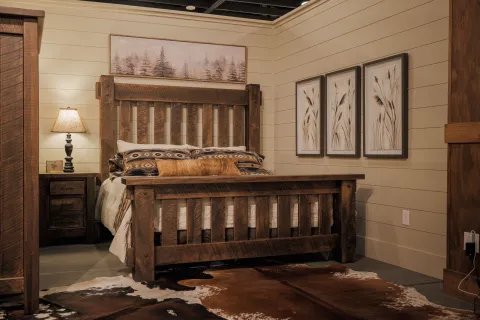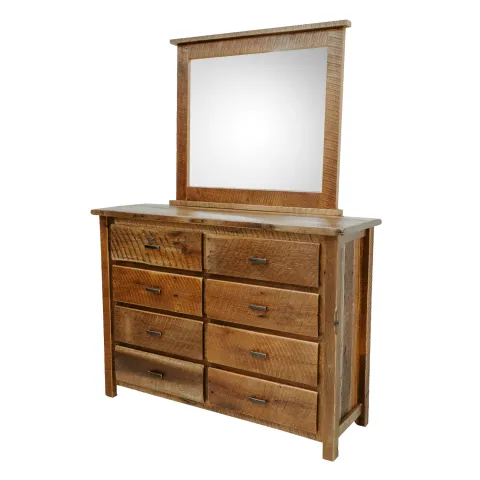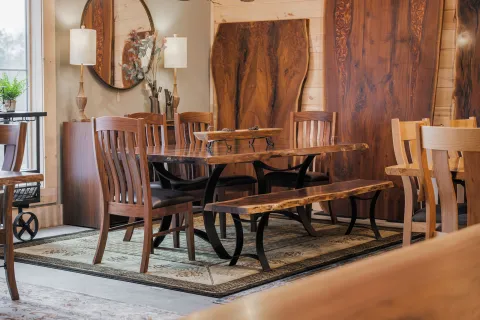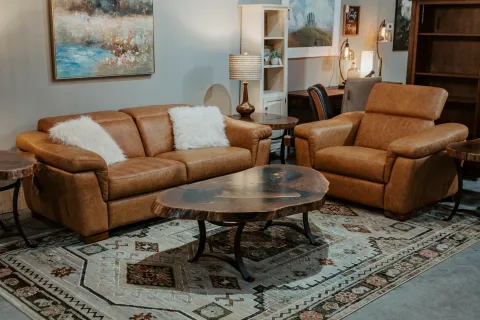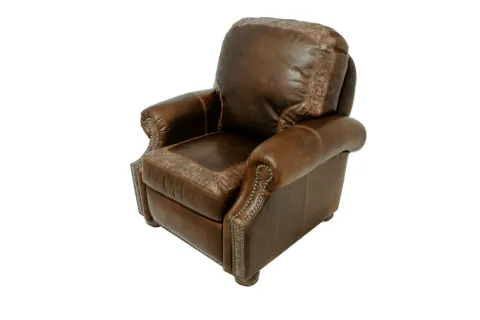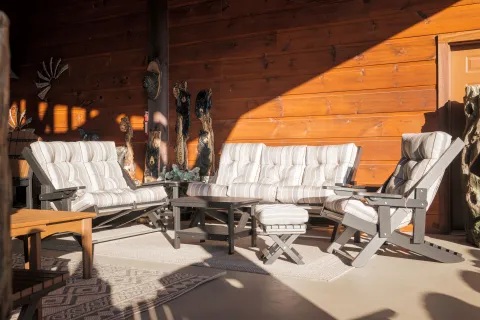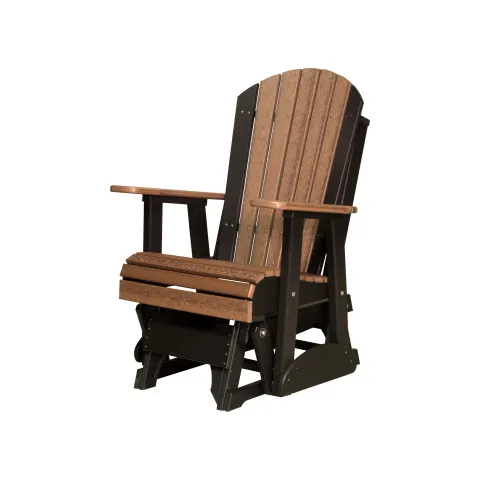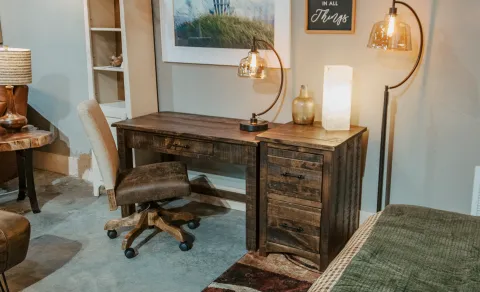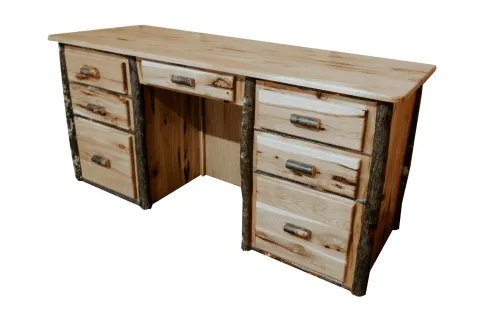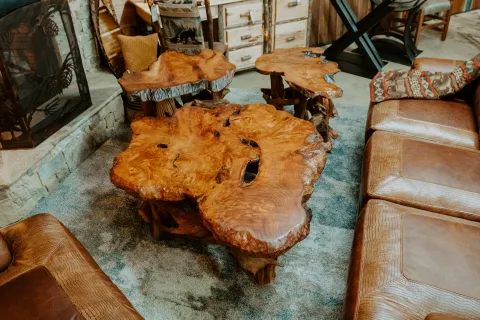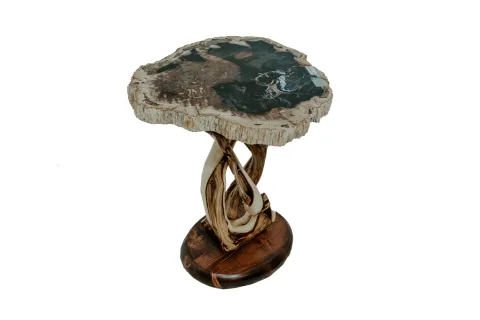Solid Wood vs Veneer
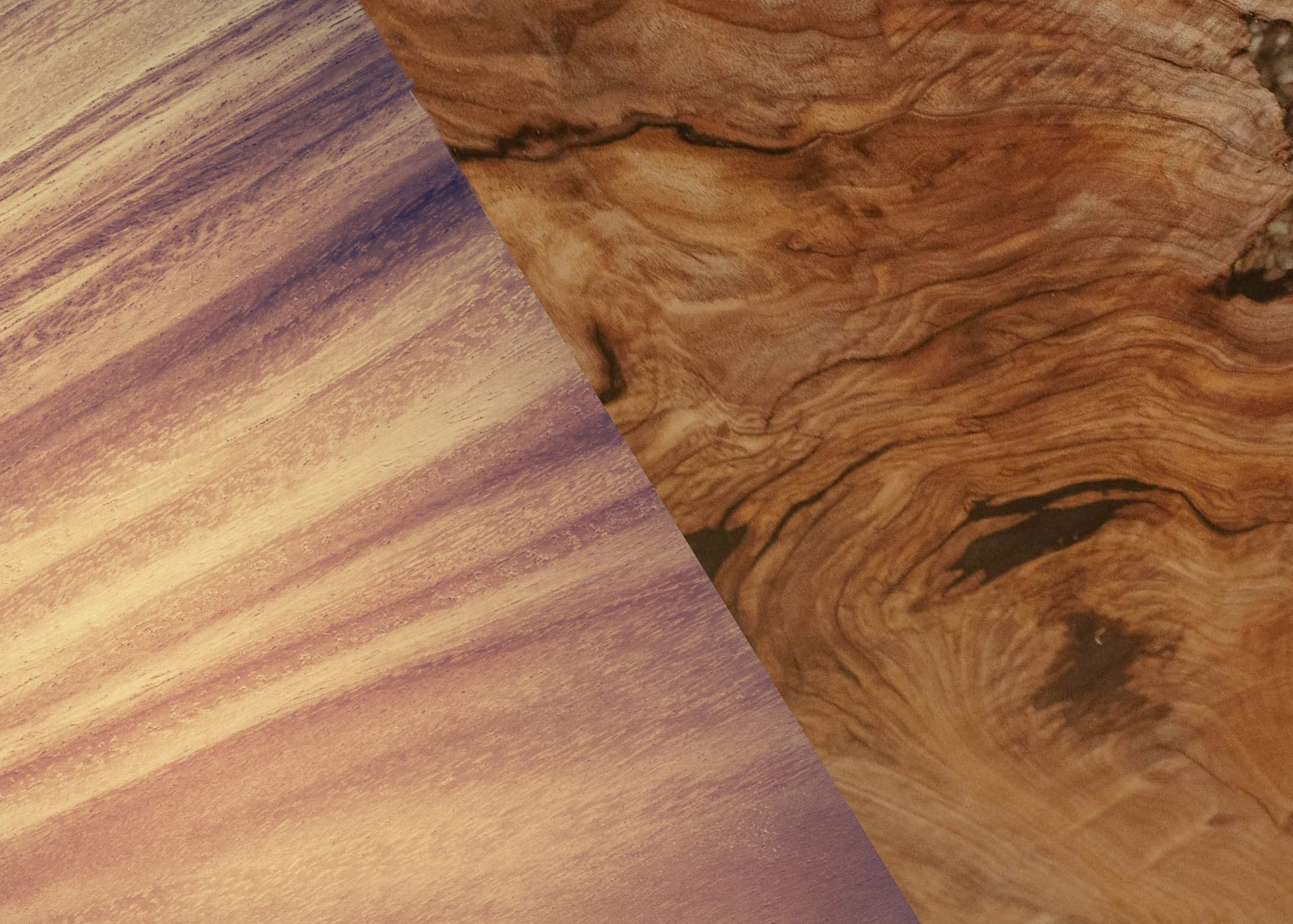
One of the most defining attributes of the furniture you will find at Mountain Top, is that it is all constructed from solid wood. We take immense pride in offering furniture of the highest quality that you can trust. So, when we go through the process of choosing our vendors, ensuring the products they offer are constructed of solid wood is a top priority.
But, why do we go through the extra steps of determining how our vendors make their furniture, and if they aren’t using solid wood, what are they using? In most cases the substitution for solid wood is veneer. Veneer is made from paper thin sheets of wood that are applied with an adhesive to both sides of a solid core, typically MDF. To understand why at Mountain Top we take the extra step to make sure our furniture is solid wood, lets look at the pros and cons of both veneer and solid wood.
Solid Wood Furniture
Let's look at solid wood and see the advantages that led us to feature it exclusively on the furniture at our store. Solid wood has tremendous amounts of character and beauty. While veneer can showcase exotic woods, there is simply no comparison to a solid sheet of wood.
Another major benefit is that solid wood is very easy to repair. Whether it is a dent, scratch, or a warp, proper craftsmanship from a skilled woodworker can erase almost any blemish. Moreover, solid wood is extremely durable, which provides you with a peace of mind that your furniture will be true heirloom pieces that last a lifetime.
Finally, we take great pride in working with vendors who are environmentally conscious, who take the effort to eliminate waste, replant trees, and use finishes and materials that are eco-friendly. So not only will you have a piece you can cherish, but others will also have the same opportunity as well. The only real disadvantage of using solid wood in your furniture is that it can split. When exposed to temperature changes wood will expand and contract causing it to split along the grain.
However, this does not take away from the structural integrity of the pieces and is a naturally occurring occasion. Additionally, our vendors kiln dry their wood, a process for some species that can take over a year! Kiln drying is the process of putting the wood in a special temperature-controlled oven that expedites the drying process and allows the solid wood to reach the desired moisture content faster than just air drying. The end product however is a material that is remiss of excess moisture meaning less splits and cracks.
All in all, there are advantages towards both methods of construction. However, we feel that our customers deserve authentic pieces of furniture, that tell a story of true craftmanship that is becoming harder to find. When you come to Mountain Top you can feel assured that the pieces you see, will be ones you can trust to be beautiful, full of character, durable, and treasured antiques that you will be able to appreciate for a lifetime.
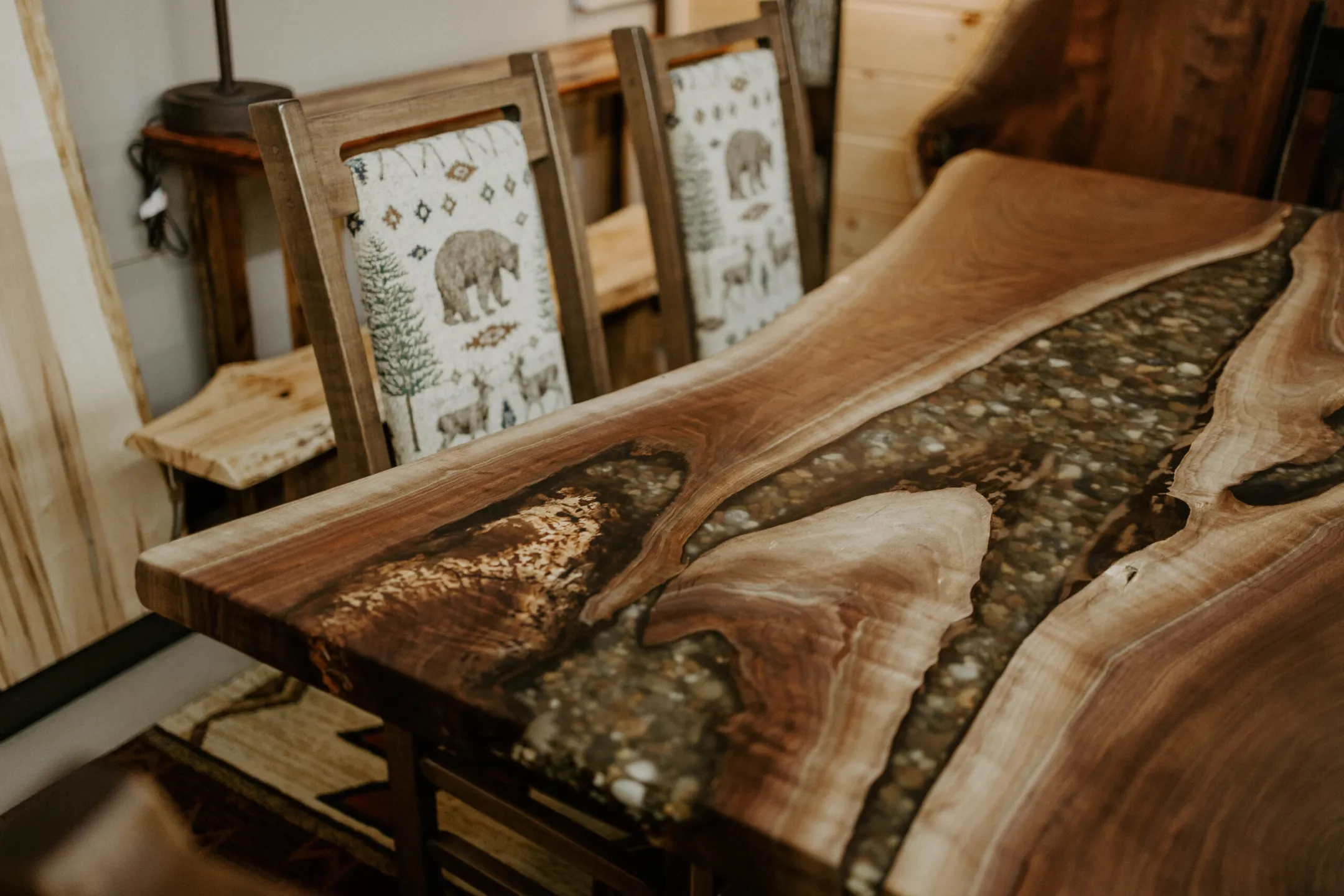
Veneer Furniture
Next, we will look at veneer. One of the most popular reasons manufacturers and consumers choose veneer is that it is cost efficient. Since veneer is paper thin strips of wood plastered onto a solid surface, wood workers can harvest a single log for a multitude of projects.
Another reason for using veneer is that it does not need to be kiln dried to prevent it from expanding and contracting with temperature, and moisture changes. This again cuts down on price and provides a strong and durable piece that can be used in products with many moving parts. Lastly, since veneer uses just a portion of the wood, many exotic woods are used as veneer. Providing an environmentally conscious, and beautiful piece, that would otherwise be hard to obtain.
Though these are many great features of veneer, there are a few distinct disadvantages that persuaded us to avoid it entirely. While the thin sheets of wood that make up veneer can be an advantage, it also causes issues as well. The thin sheets can be very hard to work with, and almost impossible to repair. Additionally, because the wood is plastered to a solid surface, it tends to peel, blister, and delaminate.
Finally, to cover up the edges of the MDF the veneer must be glued to the edges of the furniture, creating a hard edge that can be very unappealing to the eye, while also being susceptible to more peeling.
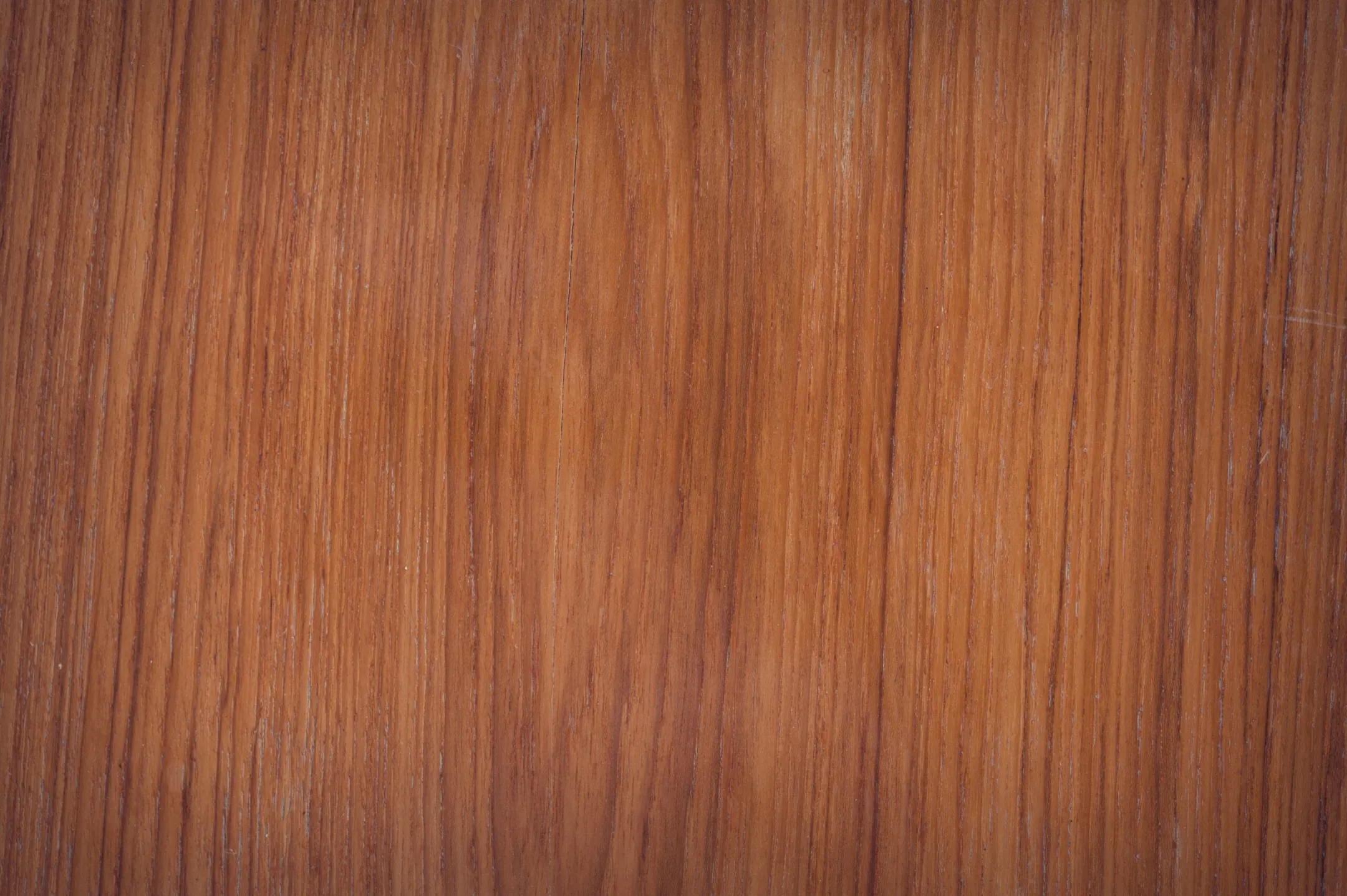
Next Blog: "Mountain Top Furniture in Your Home"

